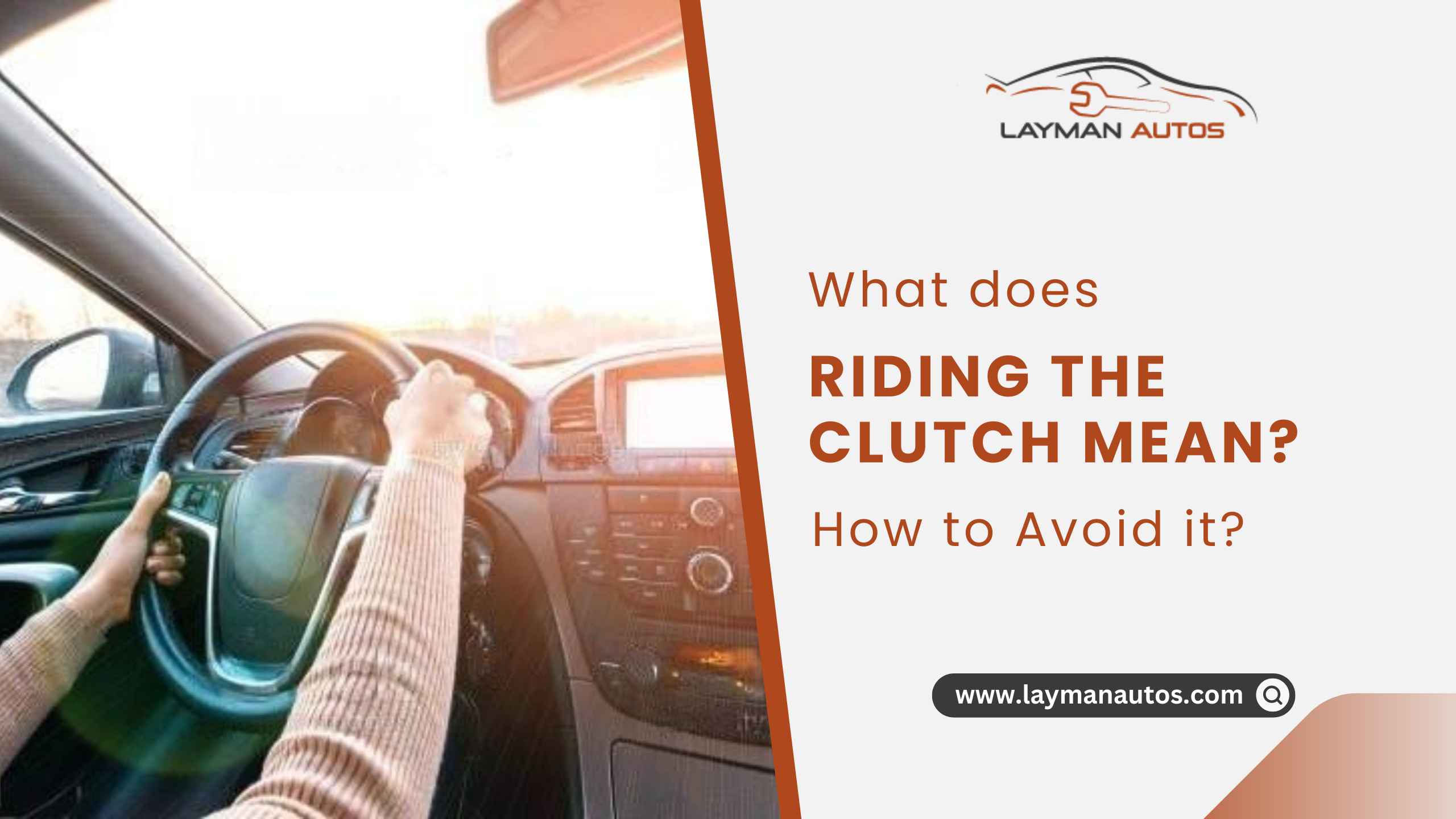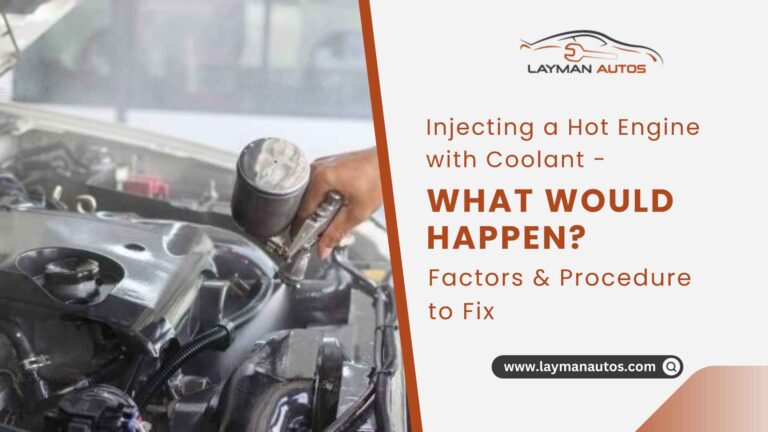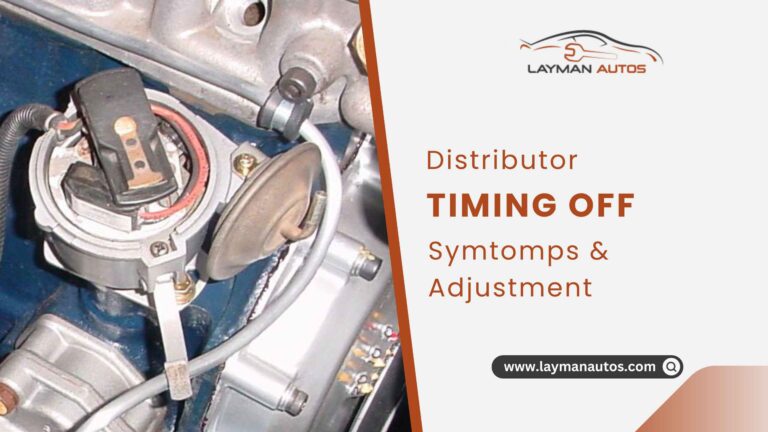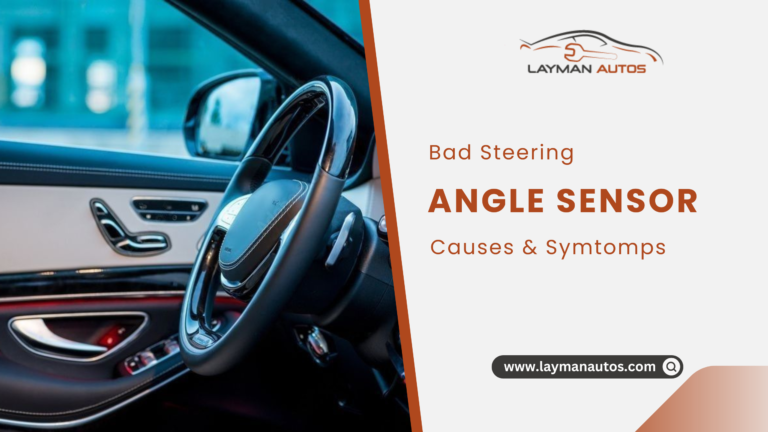What Does Riding The Clutch Mean? How to Avoid It?
By “riding the clutch,” we intend to apply moderate pressure on the clutch pedal without fully depressing it. This indicates that the clutch plates are just slightly apart, permitting some friction and motion to occur, and hence wearing out too quickly.
Riding the clutch is a frequent practice among new drivers, but anybody may develop the habit. When shifting gears, you disengage the clutch by pressing the pedal all the way to the floor with your left foot, and you re-engage it by raising your foot off the pedal. This will allow for a smooth gear shift without any grinding of the gears against one another.
Clutch replacement is not often covered by manufacturer warranties since clutches are considered “worn products” by virtually everyone in the auto industry. The main reason for the high price of replacement is the time and effort required to disassemble the transmission, remove the old clutch, and replace it.
The principle of Clutch Control
When shifting gears in a car equipped with a manual gearbox, the clutch must be fully disengaged by pressing the pedal to the floor with the left foot and then re-engaged by raising the pedal to fully release it. If you disengage the gears completely before re-engaging them, you can change gears without causing any damage to the gears.
There is no longer a direct connection between the engine and the driveshaft when the clutch is fully depressed, hence no torque is sent to the wheels. The re-engagement phase occurs when the accelerator pedal is released entirely, reconnecting the engine to the driveshaft. The driveshaft is now coupled directly to the engine, eliminating transmission in the middle.

As soon as you’ve made your shift, you should let off the clutch pedal to reconnect the engine to the driveshaft. One of the telltale signs of driving a car with a manual gearbox is the jolt you feel when the engine and driveshaft re-engage and their speeds become equal.
However, there are circumstances where the clutch is released gradually on purpose. The engine can more easily adjust to the new rotational speed because of the friction created when the clutch disc “slips” against the flywheel.

In this situation, the clutch plate will only be partially engaged, transferring just a portion of the engine’s rotational power to the driveshaft. “Half clutch” is a typical term for this situation.
Normal use creates clutch wear analogous to that of a brake pad due to the disc’s constant sliding on the flywheel. While some degree of wear is inevitable, it may be reduced via careful gripping and moving.
The clutch release should be timed such that the engine is turning at the right rpm for the gear and speed of the vehicle. In order to make a more seamless upshift, it is recommended to let the engine speed drop before releasing the clutch. For the converse, when downshifting, you should accelerate with the accelerator before letting off the clutch. Less clutch wear and fewer repairs are the direct results of a more seamless shift.
Why Do Drivers Ride The Clutch?
When stopped in traffic, drivers are more inclined to “ride the clutch.” If a motorist thinks they’ll be moving again soon, they could wait at a red light with the clutch depressed, ready to go as soon as the signal turns green.
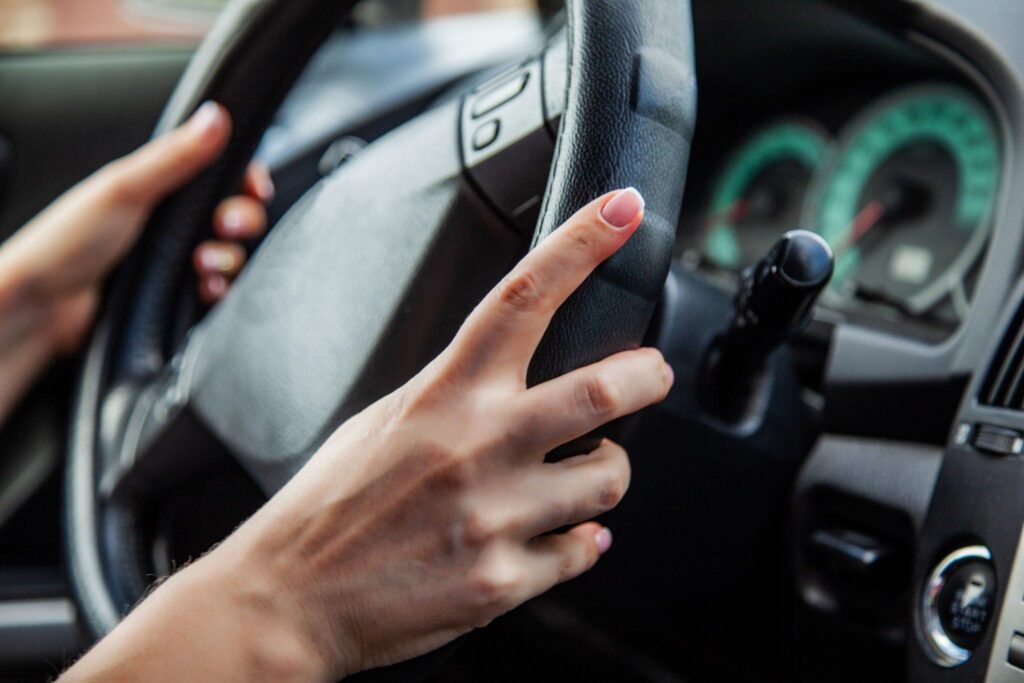
While some motorists may think they are saving time by not having to put the car in neutral first, the long-term effects of their clutch use are not worth the short-term convenience.
The problem is that many drivers nowadays don’t realize the long-term damage they’re doing to their vehicles by leaving the clutch in even when they’re stopped.
What Happens When You Ride the Clutch?
When you “ride the clutch,” barely push the clutch pedal, or resting your foot on the pedal, the clutch discs are allowed to slip and glide against each other.
It is a well-known fact from physics classes that any interaction between two surfaces will cause some degree of wear and tear. The same holds true for clutches and how they work with one another. Therefore, riding the clutch in first gear can cause wear and tear to the engine. It is necessary to avoid riding the clutch to save the engine’s wear and tear.
Clutch jobs may be pricey, but if you need one you can spend on a more “performance-oriented” or longer-lasting clutch.
Should I be afraid to ride the clutch in heavy traffic?
Don’t ever coast on the clutch! If you have trouble keeping your foot off the clutch when resting it, try shifting your driving posture so that your legs have more room to move about on the footrest.
Wearing driving shoes that provide additional sensory feedback from the road is yet another alternative. That way, it will be easier to gauge the pressure with which you are engaging the clutch.
Riding vs Slipping the Clutch
While the wear mechanism is similar when riding and when slipping the clutch, their uses are distinct.
When you “ride the clutch,” you repeatedly apply friction between the clutch’s two plates. What this means is that they will gradually deteriorate over time, necessitating replacement.
You may swiftly accelerate upward without your car rolling backward by releasing the clutch while power is still being sent to the gearbox. This will cause the clutch to “slide,” resulting in a slight chirping sound from the wheels, but will save you from rolling backward into oncoming traffic.
This comes in useful since you wouldn’t want to cause a little collision and then be responsible for paying for everyone else’s repairs.
How to stop riding the clutch?
There’s no denying the ease of an automatic gearbox, especially in the hustle and bustle of city driving. When it comes to sheer, unadulterated driving enjoyment, though, nothing beats a manual gearbox. However, it requires more skill and concentration behind the wheel than an automatic transmission does. Develop healthy routines for clutch maintenance if you want to get the most out of your manual transmission vehicle.
Constantly using the clutch as a crutch is a habit that requires time and energy to change. It may take some time before you feel completely comfortable with the shift, but the time spent practicing will pay off in the long run by preventing expensive and unnecessary repairs and encouraging safe driving practices.
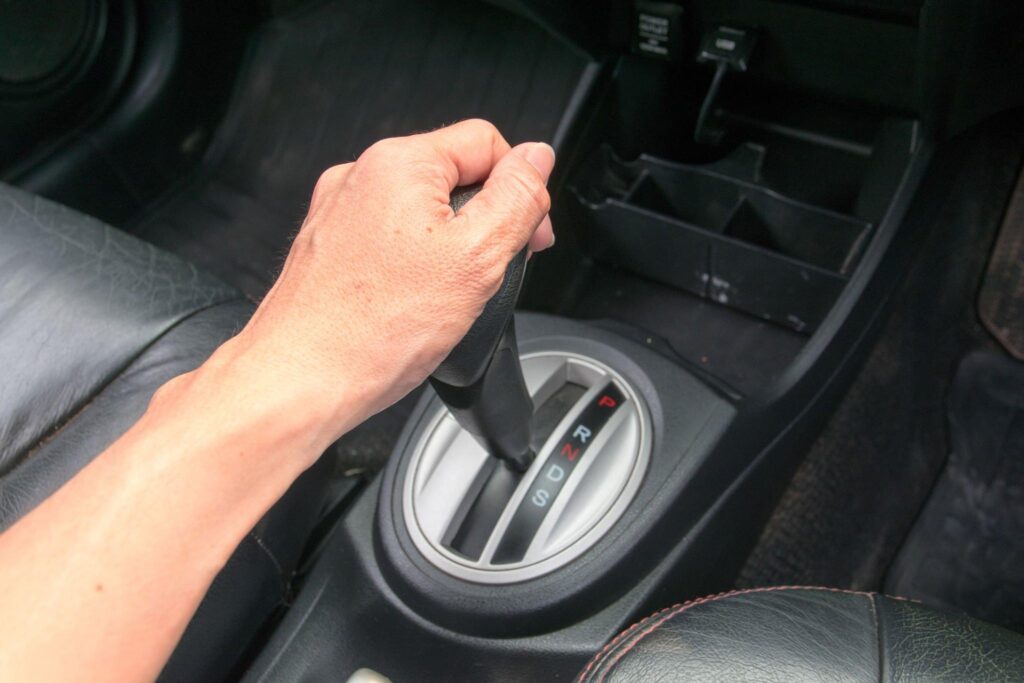
Once you understand what it means to “ride the clutch,” the next step is to figure out how to stop doing it.
If you have a tendency to “ride the clutch,” you may tell you’re putting unnecessary strain on the component by the burning odor emanating from the clutch plates as they slide on the gearbox shaft. If you detect the odor from riding the clutch, you may want to shift your step.
1. Adjust your driving position
You may find it convenient to prop your foot on the clutch if you’re sitting too near to the pedals. If you need additional room to put your foot on, try shifting your seat back. You may use this to keep your foot off the clutch.
2. Take your foot off the clutch pedal when driving
In today’s vehicles, you may rest your foot to the left of the clutch pedal on a footrest. When you’ve finished shifting gears, try to get into the habit of removing your foot from the clutch pedal and placing it here. You won’t have to worry about accidentally triggering the clutch if you do this.
In the event that the space in your vehicle’s footwell is limited, consider shifting your driving stance such that your foot may rest on the floor in front of the clutch pedal.
3. Automatic or Semi-automatic Gearbox
Driving a manual transmission vehicle without “riding the clutch” is possible through a few different techniques, but there is also the option of purchasing an automatic or semi-automatic transmission vehicle. The lack of a pedal to rest on frees up room for your feet, eliminating the risk of clutch riding and the associated high maintenance costs.
4. Use Neutral More
With a stick shift, you should generally stay more neutral and less on the clutch. The clutch pedal is used for starting, shifting gears, and stopping the vehicle. If you don’t want to risk it, don’t touch the clutch.
When traveling downhill, it is best to downshift and apply the brakes or to put the vehicle in neutral and then use the brakes. Maintain a larger gap between your vehicle and the one in front of you and drive more smoothly along with the flow of traffic.
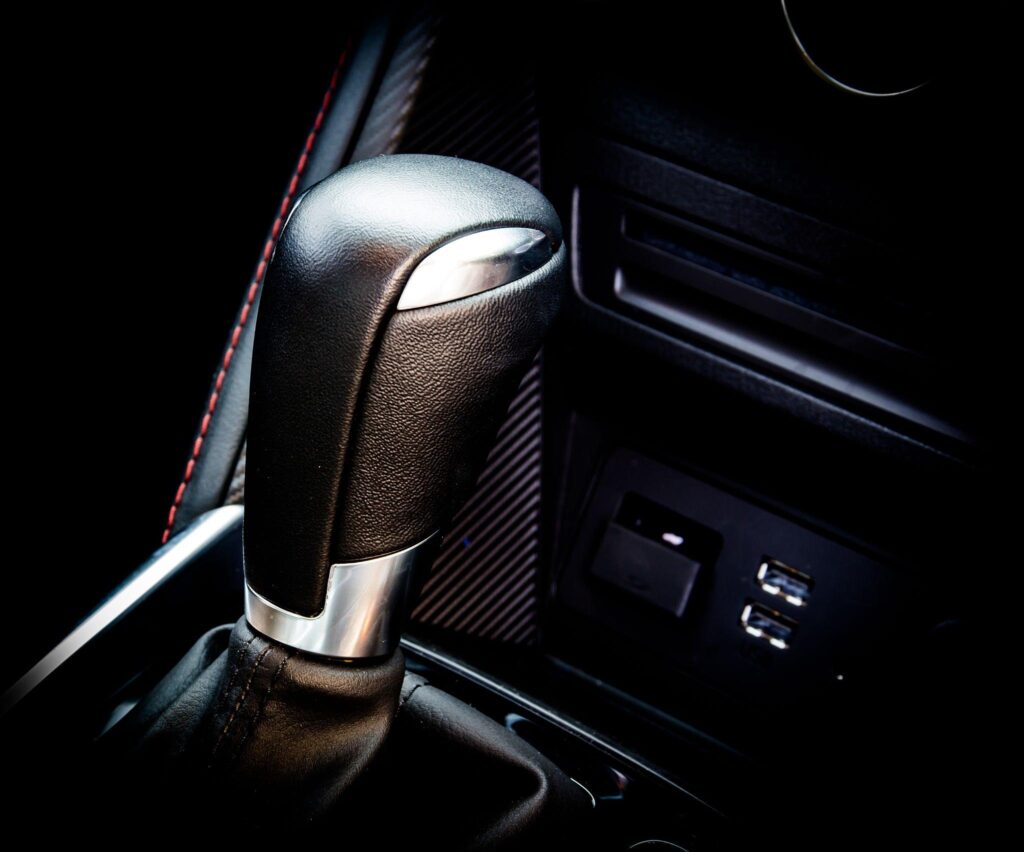
Don’t keep your automobile in gear while waiting for the light to turn green; doing so will put extra strain on your clutch. Putting your automobile into gear while coming to a complete stop involves forcing the clutch’s three primary parts—the spring, the bearing, and the diaphragm—against one another.
To avoid damaging the clutch, shift into neutral, then brake until the light changes. Because of this, it may unwind and stay protected from unnecessary wear and tear.
5. Changing Gear: Be Quick and Decisive
When you’re in need of a gear shift, it helps to keep your sights far ahead of the road so that you have time to consider potential roadblocks. The goal is to keep going at a steady clip without constantly shifting gears.
Be swift and decisive in your actions. Keep moving quickly when shifting gears. This is a typical challenge for inexperienced motorists trying to use a manual transmission. Shifting gears is a quick and easy process that takes seconds at most. Keeping your foot on the clutch pedal for an extended period of time every time you shift will cause the clutch to wear out prematurely.
Even while shifting gears only takes a second or two, you’ll have to do it several times on a typical trip, which may soon add up.
6. Use the Handbrake when Parking
Instead of leaving your automobile parked in gear, always apply the handbrake to prevent it from rolling. In addition to putting stress on the clutch when the engine is turned off, leaving a car parked in gear causes wear and tear when the vehicle is moved. You may save your clutch disc from early failure by not driving with your foot on the clutch and using the handbrake instead.
Final Thoughts
In conclusion, understanding the concept of riding the clutch and its consequences is crucial for any driver, especially those operating a manual car. By avoiding resting your foot on the clutch pedal and properly disengaging and engaging the clutch during gear shifts, you can prevent excessive wear and slip against the flywheel, ensuring a smoother and longer-lasting driving experience. Taking care of your driving position and being mindful of depressing the clutch pedal can help you maintain better clutch control and avoid unnecessary damage.
Frequently Asked Questions
Is riding the clutch bad?
Once in a while riding the clutch won’t hurt anything, but doing so frequently might wear out the clutch. You’ll have to replace it sooner than you thought.
How long should a car clutch last?
How often you shift and how hard you apply brakes both affect how long a clutch lasts. The range is quite broad, from under 20,000 miles to over 150,000.
When the clutch fails, what are the consequences?
If your clutch fails, there is no longer any power going from your engine to your gearbox.
Your clutch is hardly likely to suddenly go out on you. On the other hand, if it happens, you shouldn’t freak out too much about severe harm right away. To avoid any harm other than a worn-out clutch, always pull up when it’s safe to do so.
The gearbox of your car might be severely damaged if you continue driving with a faulty clutch.

